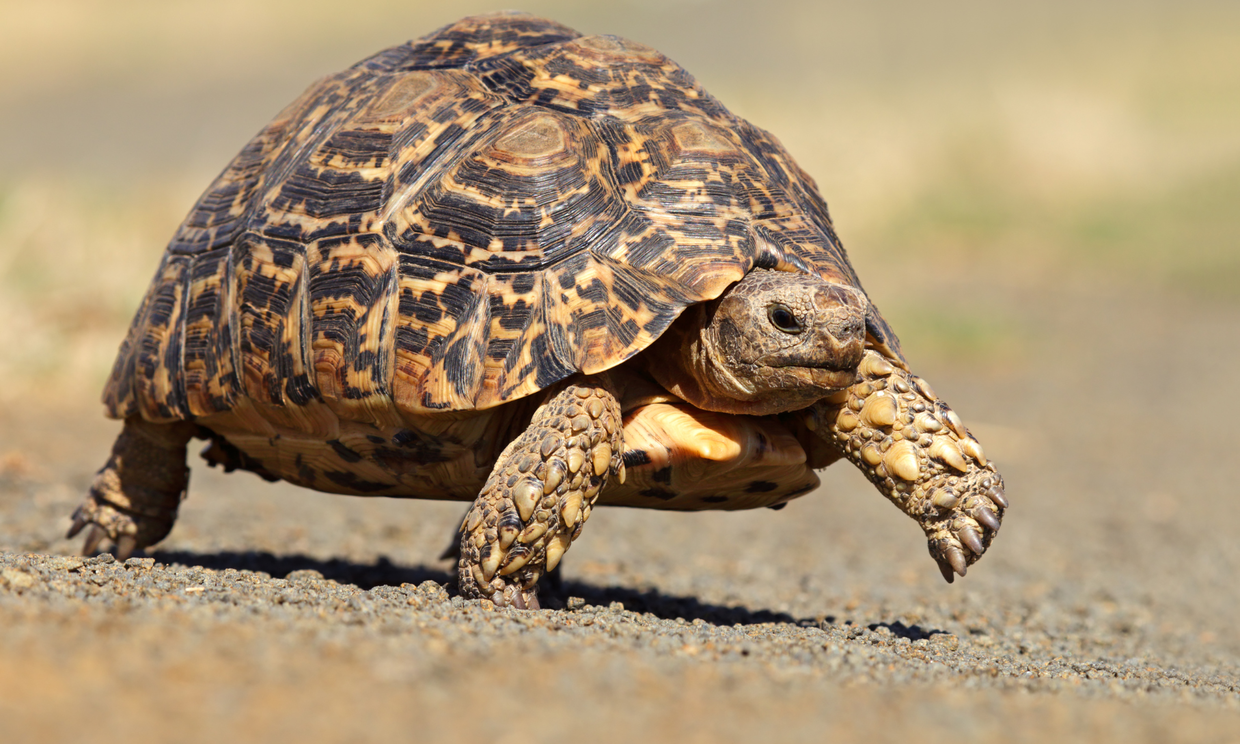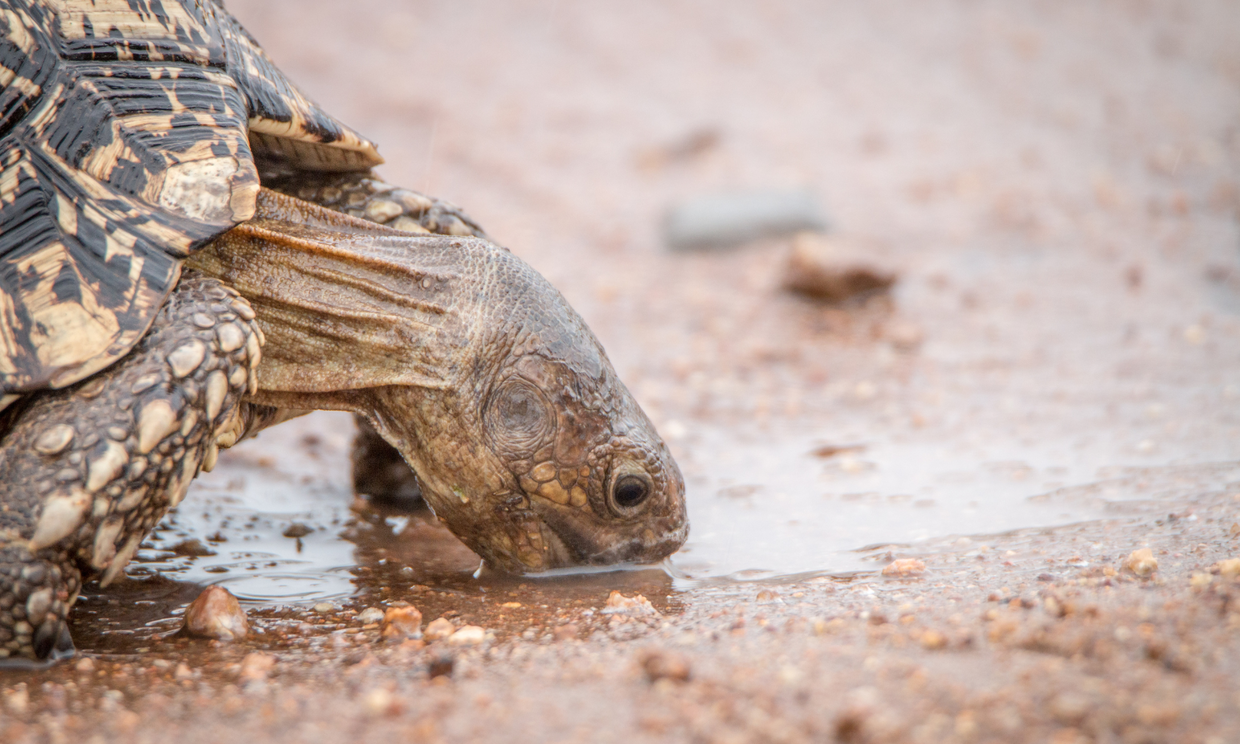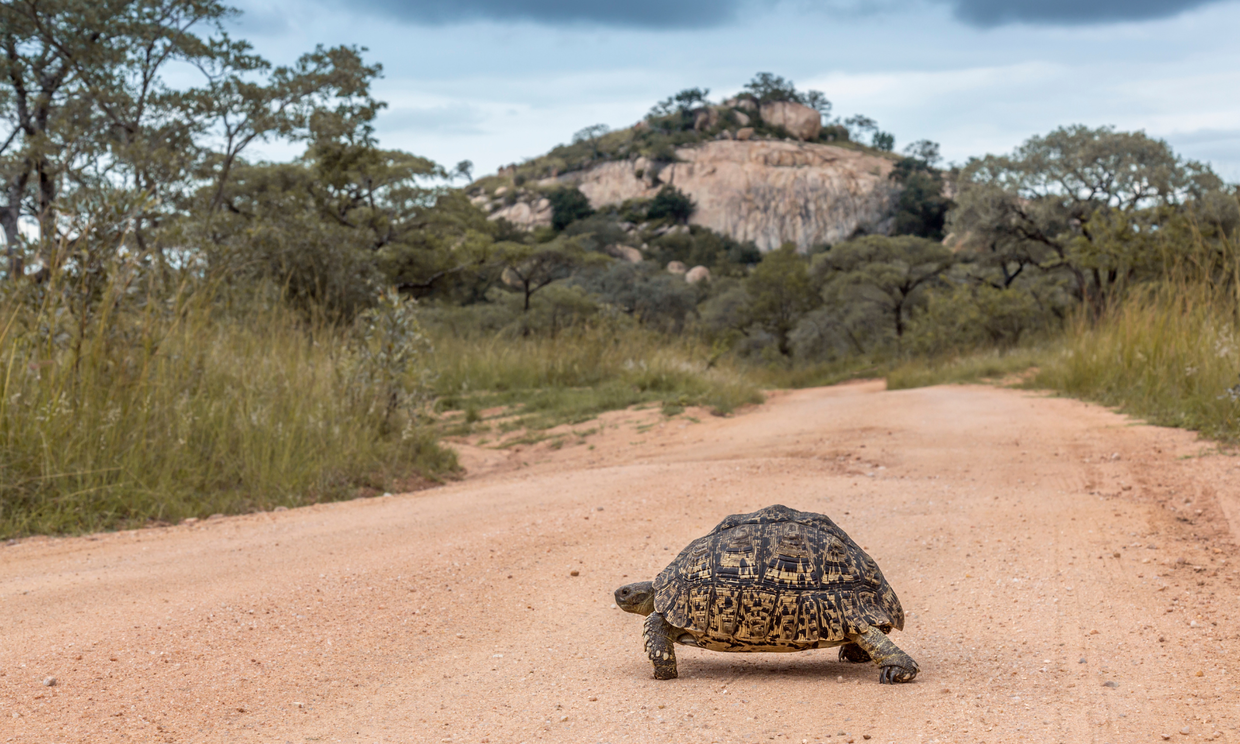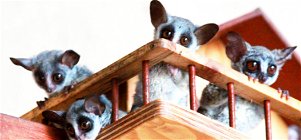For solo female travelers passionate about adventure, wildlife photography, and diverse cultures, South Africa is the ultimate dream destination. Explore breathtaking landscapes, abundant wildlife, and warm hospitality in this captivating country. Discover what makes South Africa a must-visit for intrepid women like you. Dive into wildlife encounters, cultural immersions, and unforgettable experiences.
The Leopard Tortoise: A Spotted Survivor of the African Bush
n the sun-scorched African wilderness, a surprisingly resilient reptile stands out—the Leopard Tortoise (Stigmochelys pardalis). While it may lack the speed of a cheetah or the might of a lion, this tortoise is a master of survival, equipped with a shell so strong it can endure the bite of predators and even withstand being stepped on by an elephant.
In the sun-baked plains of Africa, where an elusive "leopard" slowly prowls, a rather different kind of spotted creature takes center stage—the Leopard Tortoise (Stigmochelys pardalis). This unassuming, slow-moving reptile may not boast the speed of a cheetah or the fearsome power of a lion, but it’s a true survivor—a relic from a bygone era.
The Leopard Tortoise, with its beautifully patterned shell, is one of the largest tortoises in Africa and a master of quiet resilience. It roams the continent’s diverse landscapes with the calm confidence of an ancient being that has seen it all. As we explore this remarkable reptile, we’ll uncover ten incredible—and often downright bizarre—facts that make the Leopard Tortoise a fascinating part of the African wilderness.
1. Shells Stronger Than Steel—Almost
The Leopard Tortoise’s most prominent feature is, of course, its beautifully patterned shell. But this is no ordinary exoskeleton. Incredibly, their shells are so strong that they’ve been likened to steel—able to withstand bites from lions and the crushing jaws of hyenas. While it's not advised to put this to the test, reports from safari guides suggest that a Leopard Tortoise once survived being stepped on by an elephant, simply tucking into its protective fortress. This sturdy, bone-like structure is not just for show; it’s a shield against the harshest elements and the occasional misstep of much larger animals. Similar to the Cape Porcupine's defenses, the Leopard Tortoise relies on its shell for survival.

2. The Tortoise With a Built-In Water Tank
It’s hard to imagine a slow, lumbering creature surviving the dry, scorching heat of Africa, but the Leopard Tortoise has a secret weapon. It carries a personal water tank. Inside its bladder, it stores large amounts of water, which it can reabsorb during droughts or when water is scarce. In fact, these tortoises can go for weeks—sometimes months—without drinking, making them perfectly equipped to thrive in arid regions. This remarkable adaptation allows the Leopard Tortoise to endure long dry spells, outlasting many other animals.
3. Tortoise Telepathy?
One of the more peculiar beliefs among local tribes is that the Leopard Tortoise possesses an almost supernatural ability to find water, even in the most remote areas. While telepathy might be a stretch, these tortoises do seem to have an uncanny knack for detecting hidden water sources. Some scientists speculate they might sense subtle vibrations in the ground or pick up on changes in humidity, guiding them toward life-saving waterholes. Though the exact mechanism remains a mystery, it’s clear that Leopard Tortoises are expert navigators when it comes to survival in dry environments. Similarly, the Fork-Tailed Drongo is another species in the bush known for its remarkable survival strategies.

4. Larger Than You Think
When you picture a tortoise, you might imagine a modest, palm-sized creature slowly plodding along. But the Leopard Tortoise shatters this image. It’s one of the largest tortoise species in Africa, growing up to 70 centimeters (over two feet) in length and weighing as much as 40 kilograms (88 pounds)! These hefty tortoises are more like boulders than the tiny reptiles we often imagine, and spotting one in the wild is a striking reminder of their impressive size and presence in the African bush.
5. The Fastest Slowpoke in Africa
Okay, "fast" might be a relative term when we’re talking about tortoises, but the Leopard Tortoise holds the title of the quickest tortoise on the African continent. When the mood strikes and the conditions are right, this tortoise can reach speeds of 0.3 kilometers per hour. While that may not sound like much to us, in the tortoise world, it’s akin to a cheetah sprint. Catching this giant reptile on the move may surprise you with its determination—slow, but steady wins the race in the tortoise’s book.
6. The Rock-Climbing Tortoise
Despite its hefty build and ground-bound lifestyle, the Leopard Tortoise has been known to climb. That’s right—climb! These tortoises have been spotted navigating rocky terrain, scrambling over logs, and even attempting to scale small fences. While they aren’t the nimblest climbers, they are persistent, using their strong, clawed feet to push themselves over obstacles in their path. Their determination to reach food or a better resting spot sometimes leads to mishaps, however, leaving them stranded upside-down, legs flailing. Thankfully, they often manage to right themselves, but a helpful human hand is always appreciated when one is found in such a predicament!

7. An Explosion of Babies
Leopard Tortoises don’t do anything in a hurry—except when it comes to making more Leopard Tortoises! Females can lay up to 30 eggs at a time, burying them in nests dug into the soft earth. What’s even more amazing is the way they hatch: synchronized, often triggered by the vibrations of a passing thunderstorm. It’s almost as if the thunder gives them the cue to burst out of their shells and into the world. Within minutes, dozens of tiny tortoises emerge from the ground, scrambling for safety. It’s like a miniature tortoise explosion—nature’s own surprise party in the African bush! For the best chance to witness these remarkable creatures in action, book a safari in Kruger National Park, a prime area for Leopard Tortoise sightings.
8. The Bush’s “Rainmaker”
In many parts of Africa, Leopard Tortoises are considered symbols of rain, and local folklore has imbued them with mystical powers. According to tradition, if a Leopard Tortoise is seen on the move during a dry spell, rain is soon to follow. While there’s no scientific basis for this belief, there is a certain poetry to the idea. The tortoises are most active during the rainy season, likely emerging more frequently after rainfalls, which could explain the correlation in the minds of those who observe them. But who knows? Maybe these slow-moving creatures really are the rainmakers of the African bush.
9. They Can Live for Centuries…Almost
Leopard Tortoises are some of the longest-living creatures on Earth, with lifespans that can extend beyond 100 years. Their slow metabolism and relatively peaceful lifestyle allow them to outlive most of their neighbors in the animal kingdom. So, the next time you see a Leopard Tortoise ambling along, know that it might have been around longer than your grandparents!
10. The Houdini of the Reptile World
Don’t be fooled by the Leopard Tortoise’s sluggish demeanor—when it comes to escaping, this reptile is a true mastermind. Whether it’s sneaking through fences, squeezing through narrow gaps, or digging under barriers, the Leopard Tortoise has a reputation for being an escape artist. In wildlife reserves, rangers have witnessed tortoises pulling off incredible escapes, including climbing over rocks or even using objects to give themselves a boost. They may be slow, but their determination to wander knows no bounds, earning them the title of the Houdinis of the reptile world.
The Leopard Tortoise may not capture the limelight like the Big Five, but it’s a creature of quiet wonder—an evolutionary marvel that has survived in one of the planet’s toughest environments for millions of years. With its incredible adaptations, sturdy shell, and tenacious spirit, this tortoise has earned its place in the annals of Africa’s most remarkable wildlife.
So, if you’re ever wandering through the bush near Needles Lodge, keep your eyes peeled for this slow-moving giant. You may not spot it at first glance, much like an elusive "leopard" slowly prowling through the undergrowth, but once you do, you’ll be witnessing a living piece of history—an animal that, in its slow and steady way, has mastered the art of survival in the African bush.
Curious about other secretive survivors of the African bush? Check out The Enigmatic Serval: Secrets of the Silent Hunter.
Book Your Safari Adventure at Needles Lodge
Experience the thrill of Kruger National Park like never before with our expertly guided, full-day game drives. At Needles Lodge, we ensure every moment of your safari is packed with unforgettable wildlife encounters and the serene beauty of the African bush. Don’t miss out on the adventure of a lifetime—book your stay with us today and immerse yourself in the heart of nature. Your unforgettable safari journey awaits!
Further Reading
Travelling abroad can sometimes seem quite intimidating. However there are many common sense tips on how to stay safe when travelling to South Africa.





Share This Post